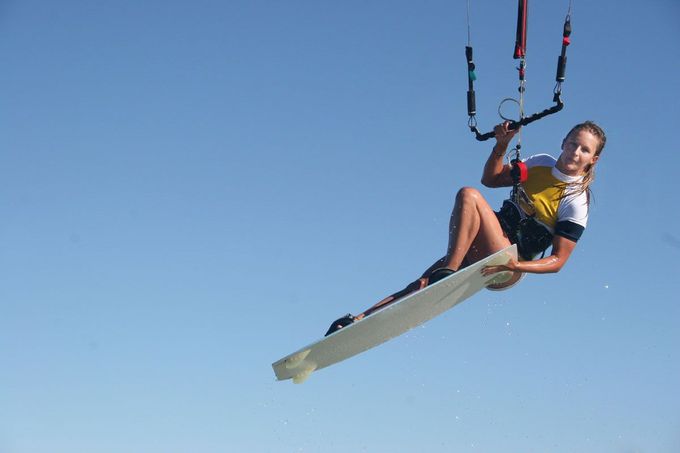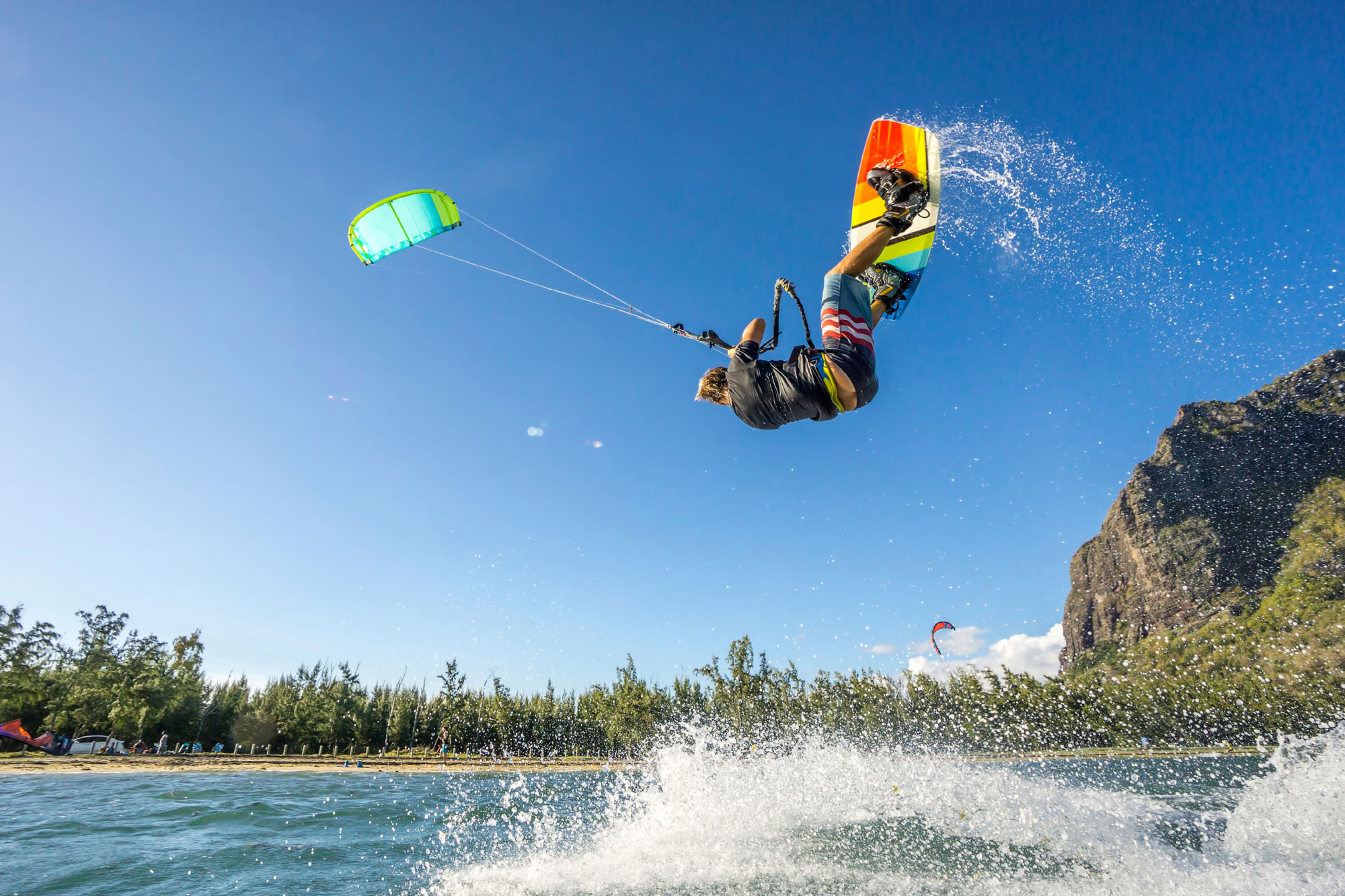
Kitesurfing for beginners can be an intimidating experience. There’s so much to know, so much to understand, that it can all get a little bit overwhelming. To the untrained eye, all the equipment might even make kitesurfing seem like a load of fiddly nonsense that’s not worth bothering with. But hold on there, kitesurfing beginners. Yes, there’s quite a lot of equipment to get your head around but don’t let that stop you from kitesurfing.
The UK and Ireland’s best kitesurfing destinations, for example, contain plenty of wise and knowledgable experts, top-class lesson centres, and rental shops capable of answering any question you can think of. Here, in this article, we’re going to tell you what each piece of equipment does, and why it has an important role in your kitesurfing experience. You’ll soon be able to regale your friends and family with the fascinating differences between inflatable and ram air foil kites. Exciting times? More like…ex-kite-ing times (am-I-right?!).











